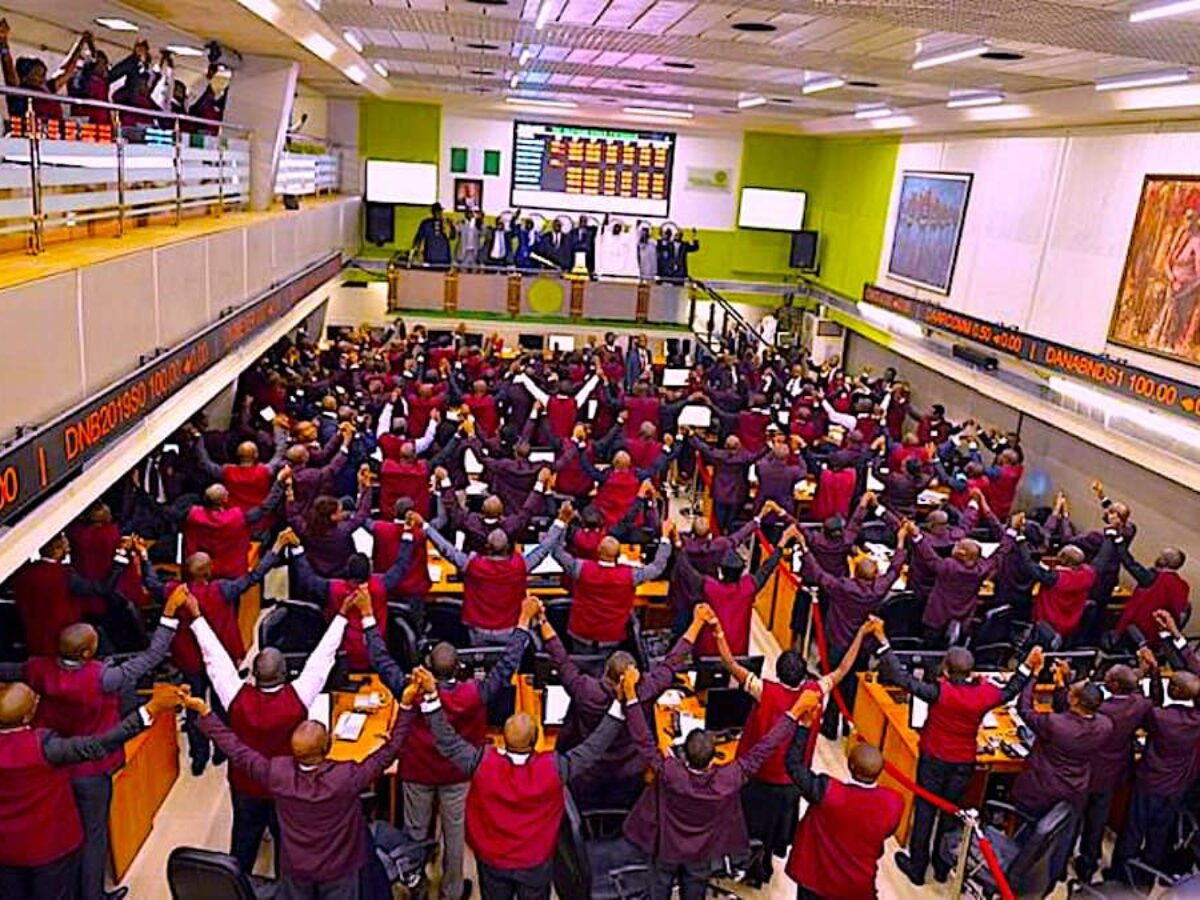Nume Ekeghe
Nigeria’s external reserves grew by $200 million over the past one-month, climbing from $37.74 billion on June 18, 2025, to $37.94 billion as of July 18, 2025, official figures from the Central Bank of Nigeria (CBN) have shown.
The moderate build-up reflects a cautious but positive shift in the country’s external sector fundamentals. While not a dramatic surge, the $200 million increase signals improved dollar liquidity, aided by firmer oil revenues and growing portfolio inflows as confidence in Nigeria’s macroeconomic direction gradually firms.
THISDAY analysis of daily movements between June 18 and July 18 showed that the reserves experienced twelve days of positive accretion, especially from early July, interspersed with some minor declines between late June and the start of the new month. The most significant single-day increase occurred on July 14, when the gross reserve position jumped by $206.6 million from $37.43 billion on July 11 to $37.64 billion.
Between July 7 and July 18, reserves rose consistently on every trading day, a 10-day positive streak, indicating more orderly market operations and improved FX supply. The build up can also be attributed to the stability at the Nigerian Autonomous Foreign Exchange Market (NAFEM), where the naira has traded more freely under a managed float.
The trajectory, however, began on a cautious note. On June 19, the reserves slipped slightly to $37.71 billion, and continued on a downward trend for most of that week. By June 20, reserves had dipped to $37.66 billion. After the weekend break, the drop persisted, falling to $37.52 billion on June 23, followed by further declines to $37.47 billion on June 24 and $37.41 billion on June 25. The slide continued to $37.37 billion on June 26 and $37.31 billion by June 27, eroding nearly $420 million in value over the course of one week. By June 30, the reserves had dropped further to $37.21 billion, the lowest level for the month — indicating sustained outflows or demand-side pressure on the foreign exchange market.
However, beginning in early July, the narrative shifted. Though the first few days of the new month reflected marginal losses, reserves stood at $37.19 billion on July 1, then eased to $37.18 billion on July 2 and July 3. A modest gain was recorded on July 4, with a slight uptick to $37.181 billion. This signalled the start of a turnaround. By July 7, the reserves jumped to $37.27 billion, then increased again on July 8 to $37.28 billion, and continued rising on July 9 and 10 to $37.33 billion and $37.36 billion respectively.
The upward momentum gained steam on July 11, when the reserves climbed to $37.43 billion. The most significant increase came after the weekend on July 14, when reserves surged to $37.64 billion, a daily gain of over $200 million. The upward trend held steady in the following days, reaching $37.78 billion by July 16, $37.85 billion on July 17, and finally hitting $37.94 billion on July 18, the highest level in over a month.


